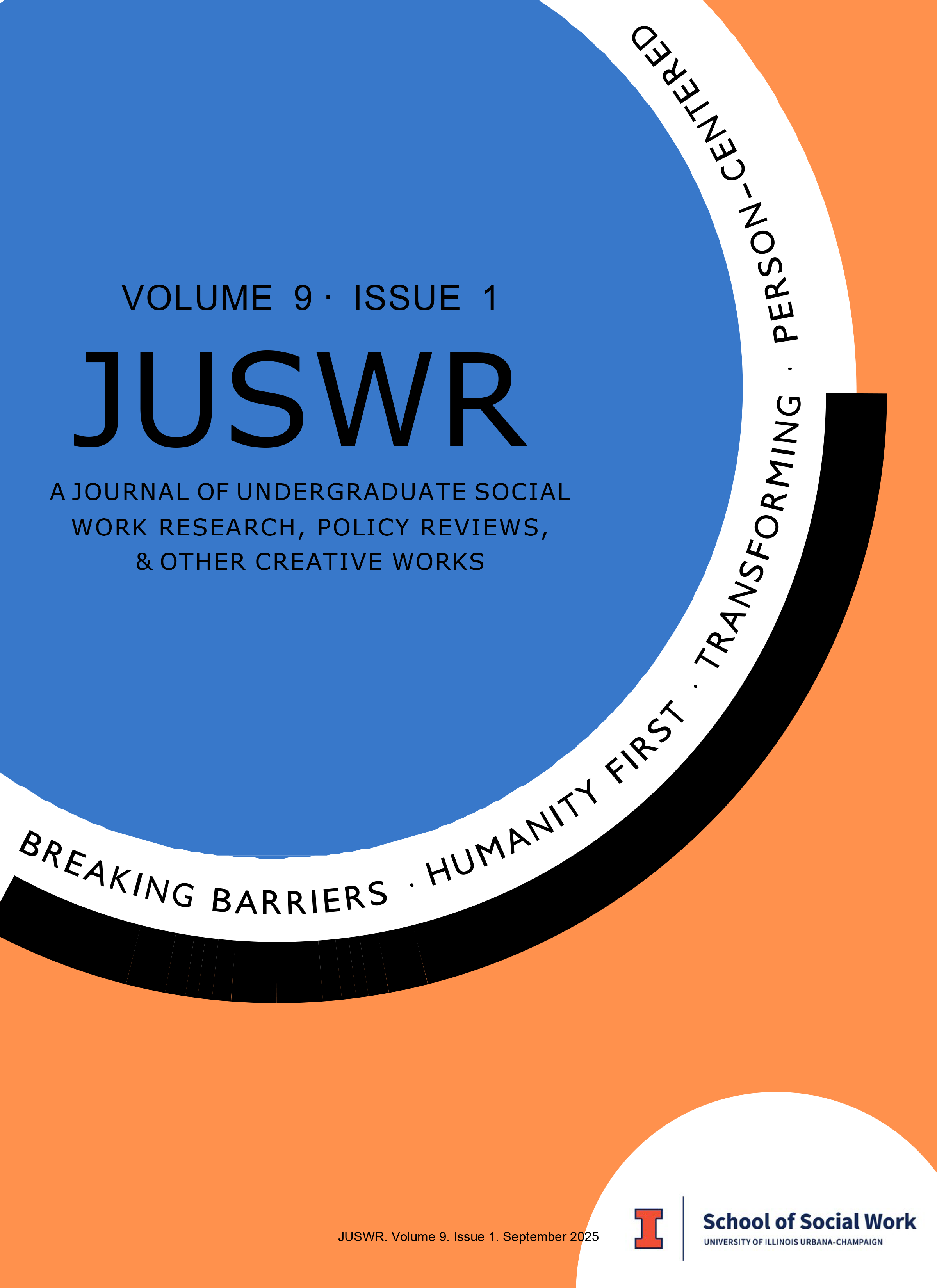What is the Relationship Between Traditional Gender Roles and Individuals’ Likelihood to Engage in Bystander Intervention?
Main Article Content
Abstract
Sexual assault is a pressing public health crisis, with incidence rates continuing to rise on college campuses across the United States. The University of Illinois Urbana-Champaign’s 2022 Climate Survey revealed nearly one in five women (18.5%) and one in 24 men (4.2%) reported experiencing completed oral, anal, or vaginal sexual assault. Research has identified bystander intervention as a widely recognized, evidence-based strategy for reducing sexual assault on college campuses. Various factors influence an individual’s likelihood of engaging in bystander intervention, with traditional gender roles—specifically, concepts of masculinity and femininity—emerging as a well-studied determinant in the literature. This literature review synthesizes existing research on the association between traditional gender roles and an individual's likelihood to engage in bystander intervention. The central themes focus on 1) social norms and 2) impacts on social status (confidence to intervene). This poster discusses the implications of heightening student awareness regarding how to intervene and raise awareness for concerns related to gender inequality through educational programs.

